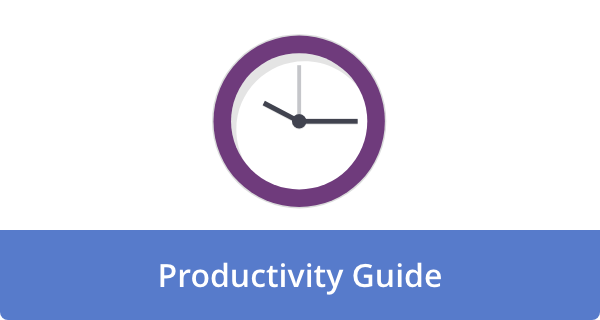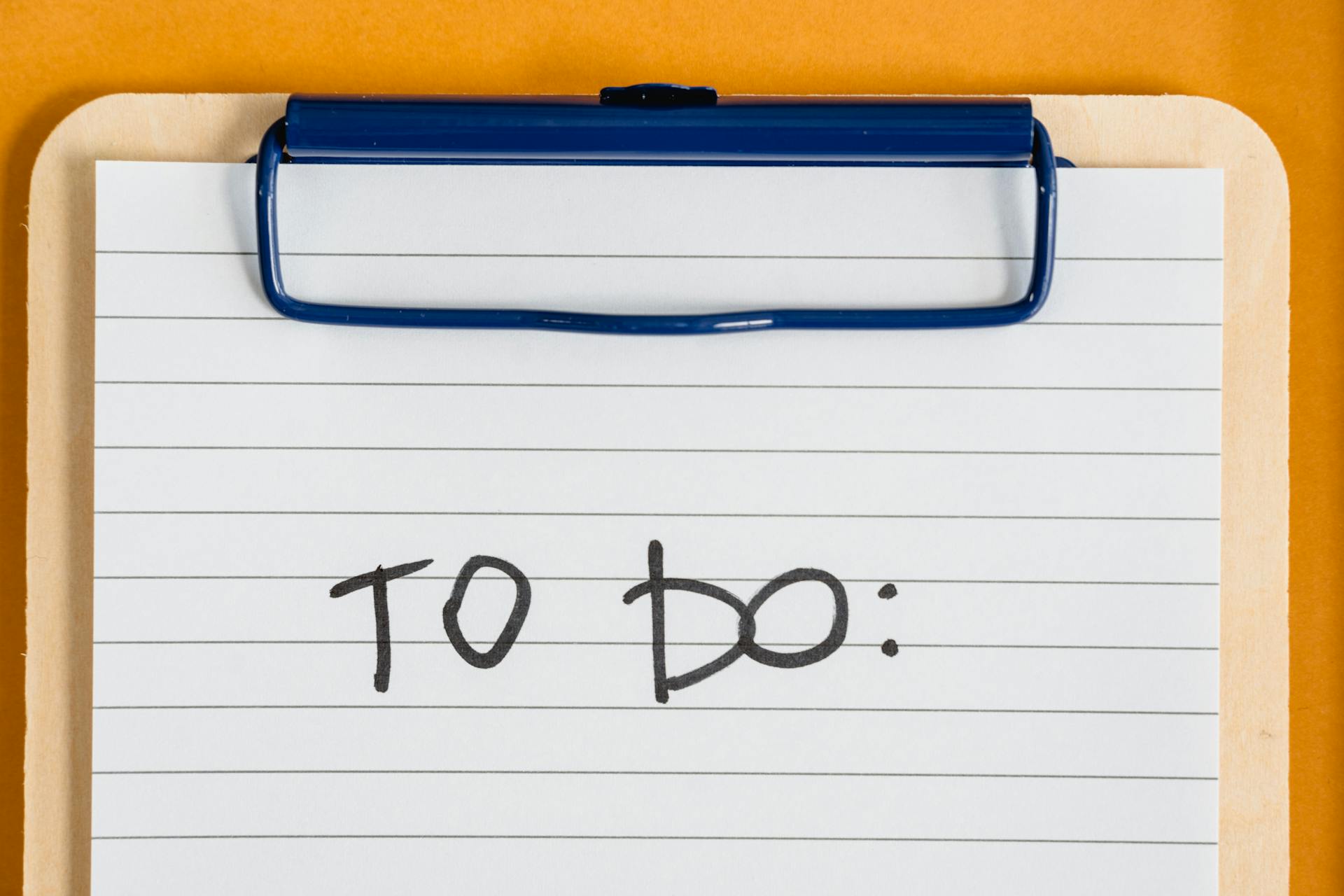

Sometimes, it feels like we live in an incredibly demanding world. Overwhelmed by constant notifications, overflowing inboxes, and endless requests, we can feel drained and depleted. But what if you could manage this constant busyness while keeping your sanity and prioritizing what matters? The answer lies in a seemingly simple but surprisingly powerful skill: saying no.
I know what you are thinking. Is it possible to be polite, helpful, or considerate by saying no? That’s a valid concern, and I understand your hesitation. After all, it’s natural for many of us to please others, to avoid conflict, and to put their needs before our own. However, here’s the catch. In the long run, saying yes at the expense of your own well-being is not sustainable.
Here’s how to say no gracefully while also protecting your time.
Why Is Saying No So Hard?
Everybody has struggled with saying ‘no’ at some point in their lives — whether it’s taking on too much or saying yes to plans you don’t want to attend. But why is this one-syllable word so hard to say? Well, here are some possible reasons;
- Fear of conflict. Trying not to cause tension or disagreement by refusing someone’s request.
- Desire to please. Regardless of the inconvenience, trying to be helpful and cooperative makes it difficult to say no.
- Fear of rejection. The fear that saying no will make someone dislike or disapprove of you.
- Guilt and obligation. A feeling of guilt after declining a request to help others.
- Low self-esteem. A lack of confidence in asserting oneself and an unwillingness to acknowledge one’s needs.
- Social norms. It can be uncomfortable to say no due to society’s pressure to be agreeable and avoid conflict.
- Past experiences. A person who has been punished or criticized for saying no in the past may hesitate to do so in the future.
- Fear of missing out (FOMO). We often find it challenging to resist exciting opportunities, even if they do not align with our priorities.
- Appearing selfish. When we say no, we worry that we will appear uncooperative or uncaring.
These are all understandable concerns. However, they can often be traced to deeply held beliefs about our roles and responsibilities. We must challenge these beliefs and remember that saying no is not selfish but self-protective.
The Art of the “No”: A Gentle Guide
The question is, how do we negotiate this minefield of requests and say no gracefully? Let’s break it down;
Be aware of your limitations and acknowledge them.
- Identify your priorities. What is most important to you? What makes you happy? Do you have any goals in mind?
- Recognize your capacity. Don’t put more on yourself than you can handle realistically. Moreover, be careful not to overestimate your bandwidth.
- Set boundaries. Decide what you’re willing to do and what you’re not willing to do. You could set time limits, decline specific requests, or simply say no to things that don’t align with your values.
Develop your “no” vocabulary.
- Be direct, but be kind. Often, it is sufficient to say, “Thank you for thinking of me, but I won’t be able to make it this time.”
- Offer alternatives. Consider a compromise if appropriate. For example, “I can’t attend the meeting, but I’d be happy to review the notes afterward.”
- Use “I” statements. “I’m currently overcommitted” or “I’m focusing on other priorities right now” sound more assertive than “I can’t,” which can come across as dismissive.
- Delay your response. To give yourself more time to think, politely ask for a few minutes or hours.
Practice makes perfect.
- Role-play. Practicing how you will respond to common requests will help you become more effective. By doing so, you are likely to feel more confident and prepared.
- Start small. As your confidence grows, the difficulty of saying no to minor requests gradually increases.
- Don’t over-explain. Your decision does not need an extensive explanation. A simple “I’m not available” usually does the trick.
Handle common scenarios with grace.
- At work. If a colleague asks you to do extra work, politely decline and explain that you are already occupied. You may want to suggest that they discuss the matter with your manager.
- With friends and family, politely decline invitations and suggest alternative ways to connect, such as phone calls or coffee dates.
- Social commitments. If you are asked to volunteer for something you can’t commit to, decline graciously and explain that you are currently unavailable.
Overcoming the guilt trip.
It is common to feel guilty after saying no. This can be overcome by;
- Remind yourself of your worth. You are worth your time and energy. You must prioritize your own well-being.
- Focus on self-care. By prioritizing your own needs, you can better support others.
- Remember that saying no is not selfish; it’s self-preservation.
Use Your Calendar to Say No and Protect Your Time
Using your calendar effectively can help you say no and protect your time. You can do this by:
Time blocking.
- Schedule everything. Don’t just note appointments; block out time for work, personal tasks, exercise, meals, and even leisure activities.
- Be realistic. Avoid overscheduling. You should leave buffer time between appointments to avoid feeling rushed or stressed.
- Treat your calendar as a contract. When something is on your calendar, treat it as a commitment. This will prevent overbooking and ensure you have time for what’s really important.
“Busy” blocks.
- Create “unavailable” blocks. Set aside a certain amount of time each day for focused work, personal time, or just to recharge.
- Be flexible. Although these blocks provide structure, they can be adjusted if necessary.
Communicating through your calendar.
- Share your availability (selectively). If you feel comfortable doing so, share your calendar to give colleagues or family members a better idea of when you are available.
- Use your calendar to decline invitations. Whenever someone requests your time, politely check your schedule and decline if you are already booked.
Digital calendar features.
- Utilize reminders and notifications. By setting reminders for upcoming appointments and deadlines, you can stay organized and avoid scheduling conflicts.
- Experiment with different calendar views. To find out what works best for you, try viewing your week, month, or agenda differently.
Regular review and adjustment.
- Review your calendar weekly. Every week, review your schedule and make any adjustments necessary.
- Be willing to say no to new requests. Don’t hesitate to decline something if it doesn’t fit your schedule.
Your calendar can help you manage your time more effectively, reduce stress, and prioritize what is important to you.
The Power of a “No”: Unlocking a More Fulfilling Life
Being able to say no gracefully means more than protecting your time; it means;
- Reducing stress. To reduce stress and anxiety, it is important not to overcommit.
- Improving productivity. Focusing on your priorities can make you more effective and efficient in your work and personal life.
- Strengthening relationships. For healthy relationships, it is essential to communicate honestly and respect each other.
- Boosting self-confidence. When you assert your boundaries, you become more empowered and in control.
Saying no isn’t easy, but it’s an essential skill to succeed in modern life. With this powerful tool, you can reclaim your time, reduce stress, and create a life that truly reflects your values.
So, the next time you’re faced with a request, take a deep breath, consider your options, and remember: it’s okay to say no.
FAQs
How do I say no without hurting feelings?
- Be direct but kind. Many times, just saying, “Thank you for thinking of me, but I cannot attend this time,” is enough to explain the situation.
- Offer alternatives. If possible, suggest a compromise. For example, “I can’t attend the meeting on Tuesday, but available for a quick phone call on Friday.”
- Use “I” statements: “I’m currently overcommitted” or “I’m focusing on other priorities right now” can be more assertive than “I can’t.”
What if the person insists?
- Stay firm but polite. Repeat your refusal calmly. For example, “I understand this is important, but I am unable to commit.”
- Avoid overexplaining. You don’t need to provide a lengthy rationale for your decision to anyone.
How can I say no to a friend or family member?
- Be honest and upfront. You should prioritize your own well-being and respect your relationship.
- Suggest an alternative way to connect. Instead, schedule a coffee date or a phone call.
When it comes to work, how do I say no?
- Politely decline and explain your current workload. “I’m currently at capacity with my workload. I recommend discussing this with our manager to find a solution.”
- If appropriate, suggest an alternative solution. “I can’t take on this project, but I could offer feedback on your approach.”
How do I start practicing saying no?
- Start small. Decline minor requests first.
- Role-play. Get familiar with common requests and rehearse how you will respond.
- Gradually increase the difficulty. Don’t be afraid to decline more challenging requests as you gain confidence.
Image Credit: cottonbro studio; Pexels











John Hall
John Hall is the co-founder of Calendar a scheduling and time management app. He’s also a keynote speaker that you can book at http://www.johnhallspeaking.com.